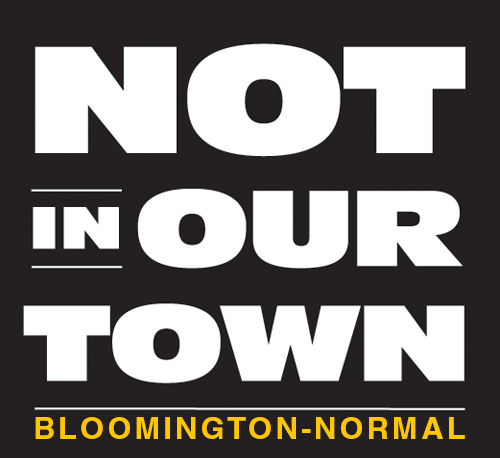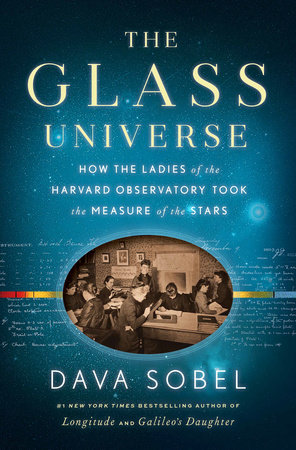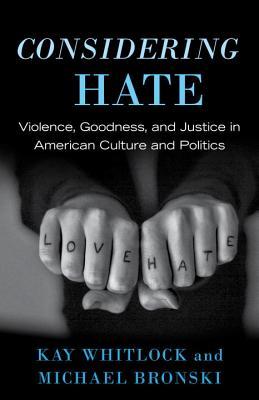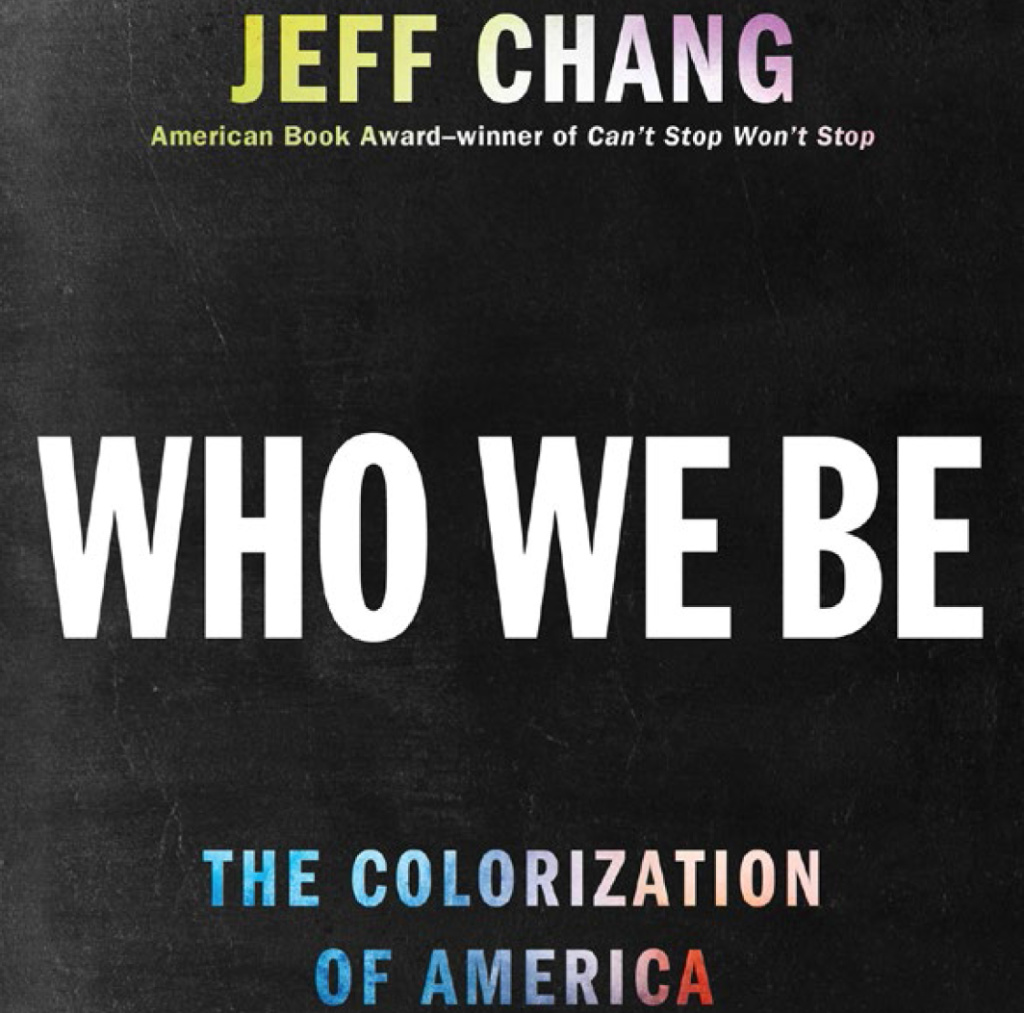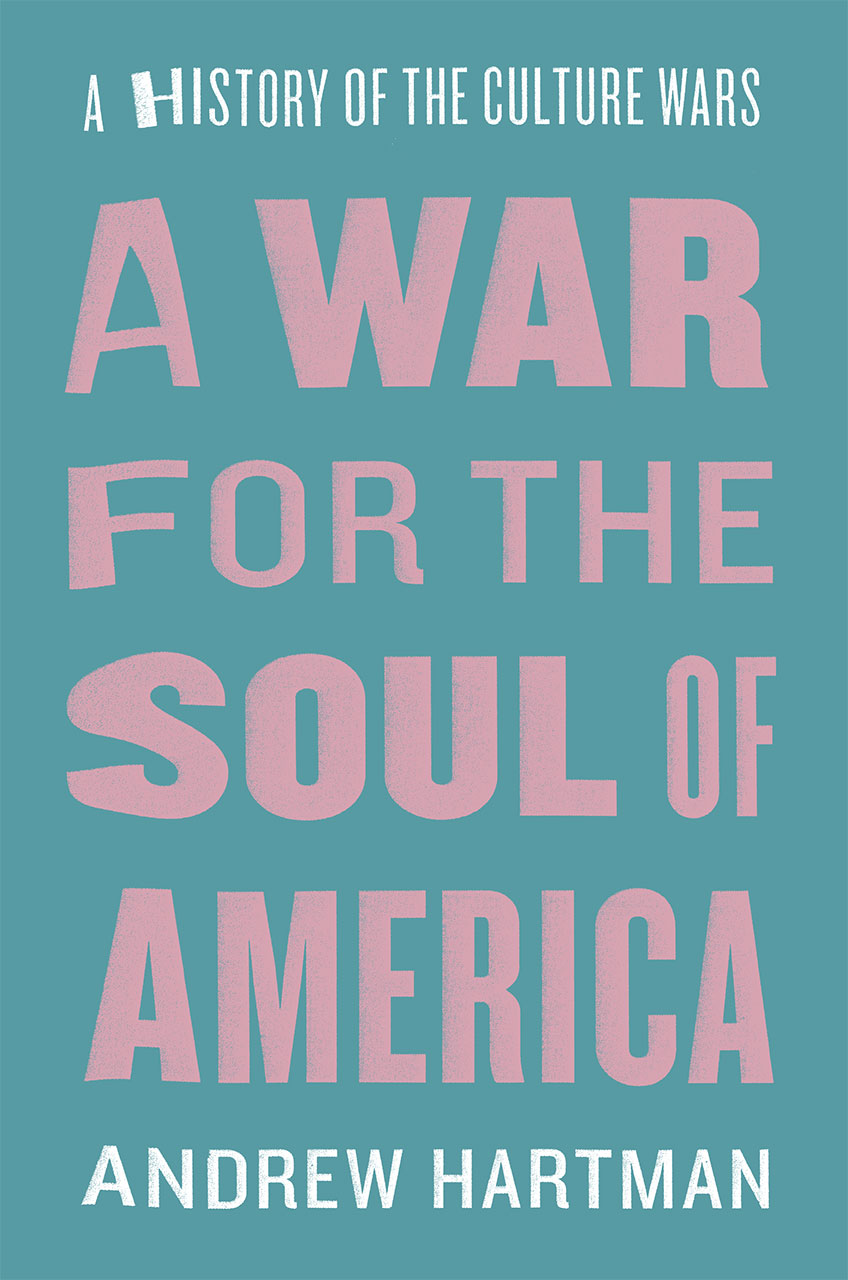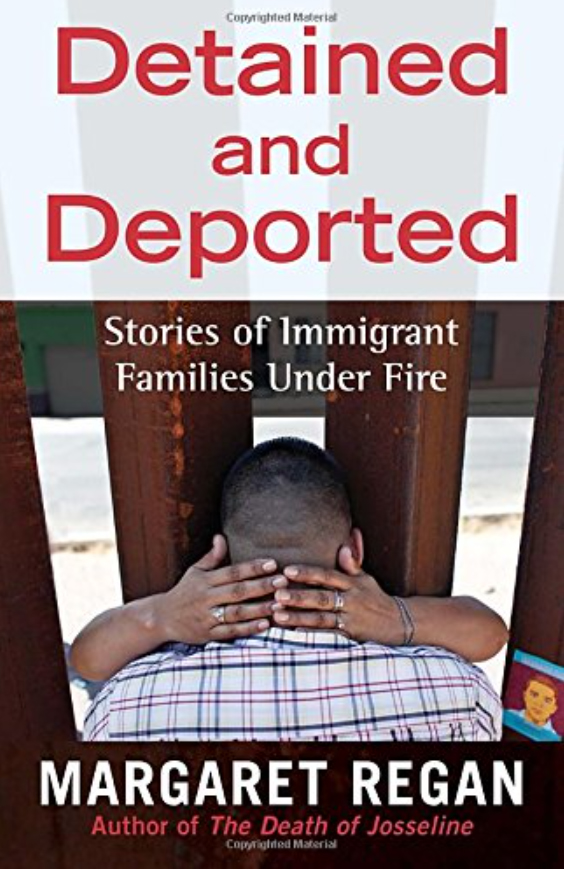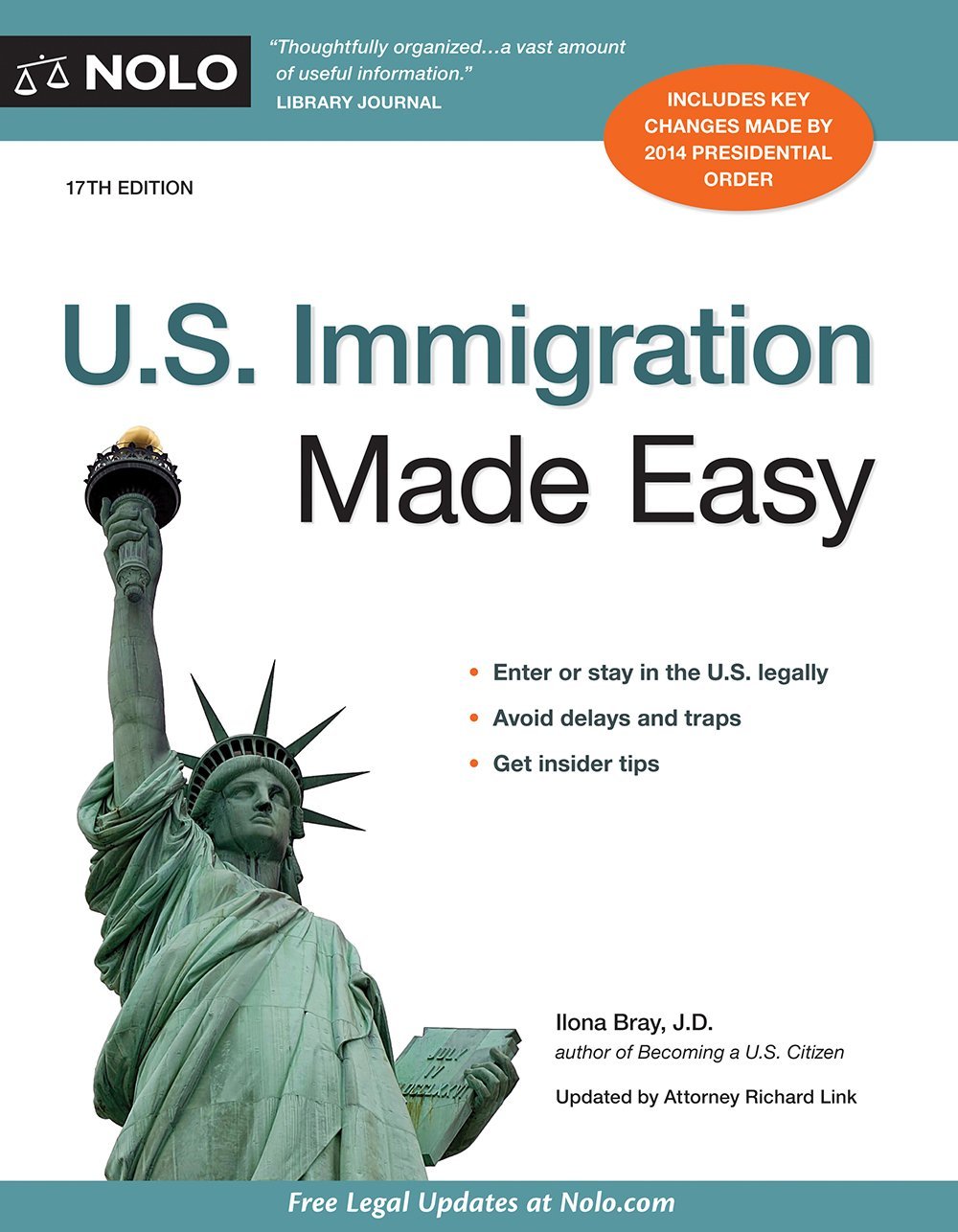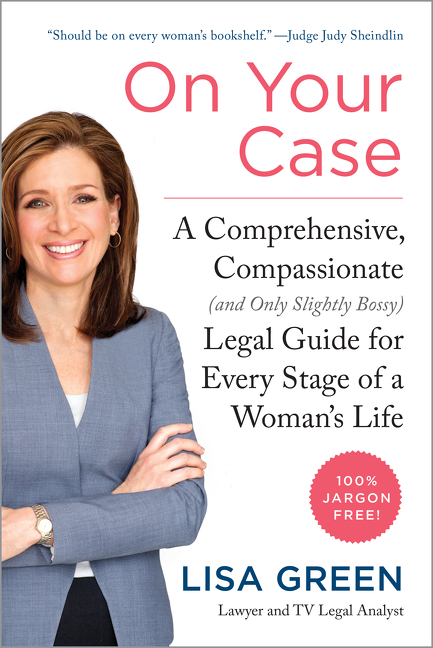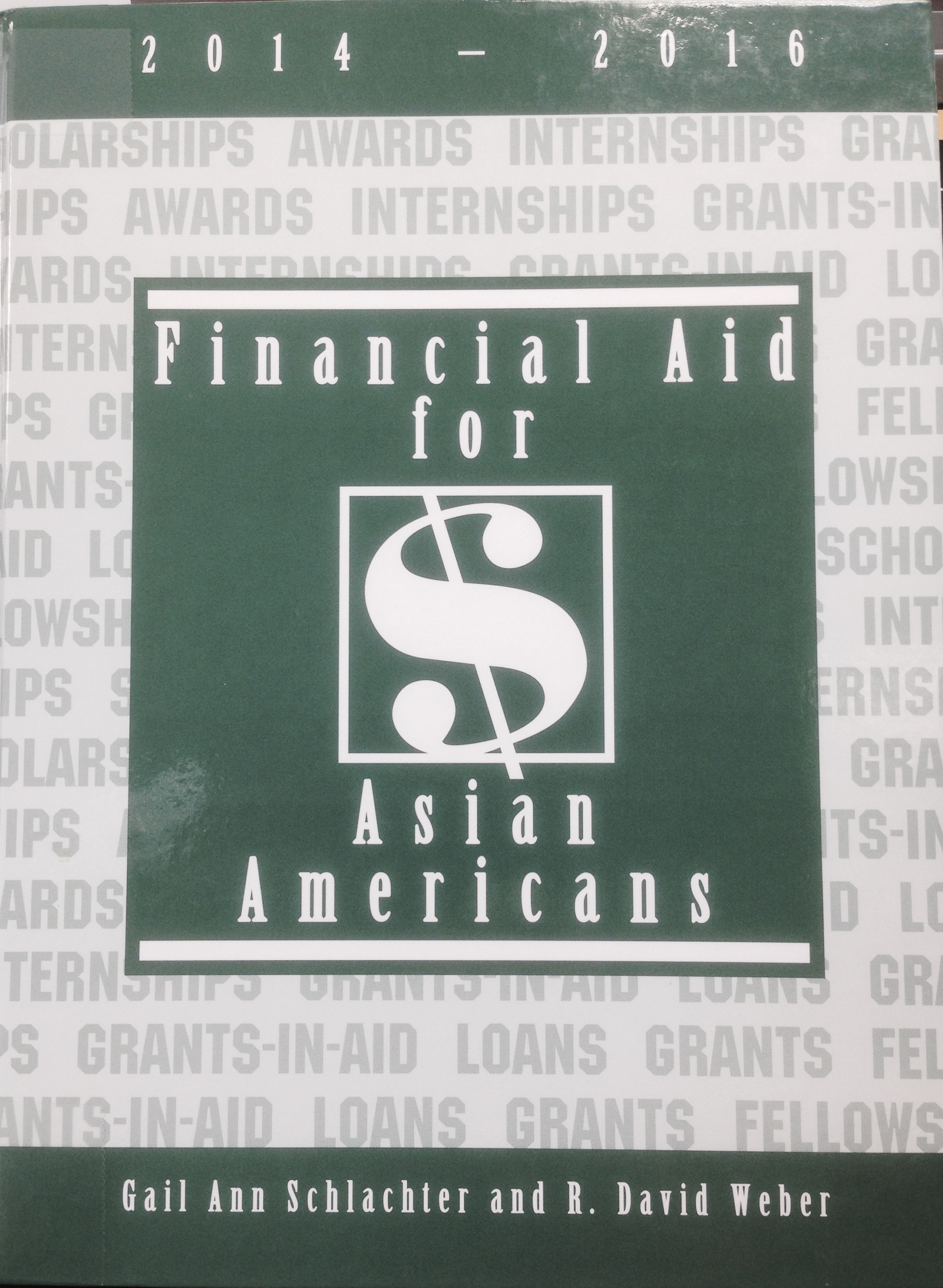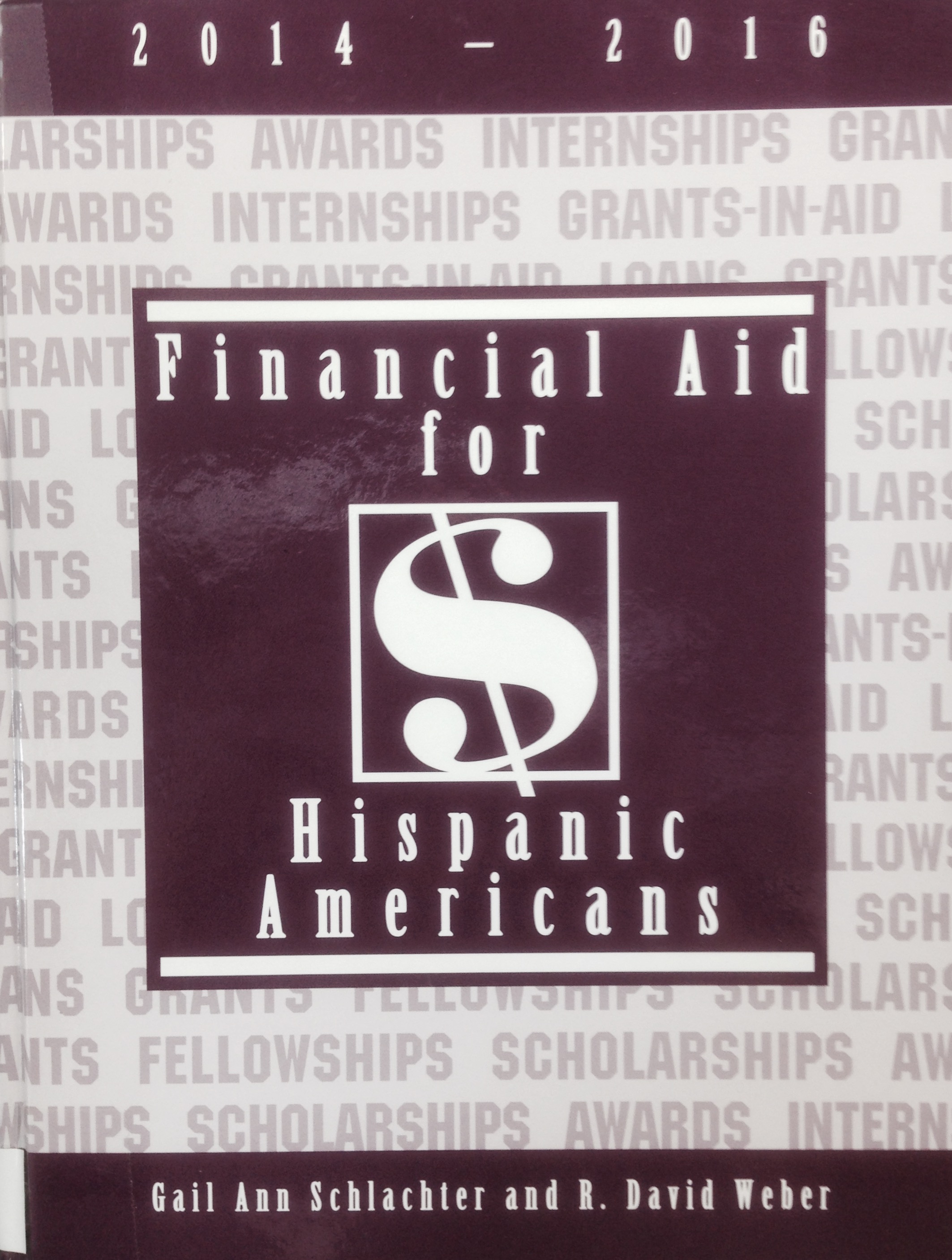Considering Hate -- Over the centuries, American society has been plagued by brutality fueled by disregard for the humanity of others: systemic violence against Native peoples, black people, and immigrants. More recent examples include the Steubenville rape case and the murders of Matthew Shepard, Jennifer Daugherty, Marcelo Lucero, and Trayvon Martin. Most Americans see such acts as driven by hate. But is this right? Longtime activists and political theorists Kay Whitlock and Michael Bronski boldly assert that American society’s reliance on the framework of hate to explain these acts is wrongheaded, misleading, and ultimately harmful.
Who We Be remixes comic strips and contemporary art, campus protests and corporate marketing campaigns, Martin Luther King, Jr. and Trayvon Martin into a powerful, unusual, and timely cultural history of the idea of racial progress. In this follow-up to the award-winning classic Can't Stop Won't Stop: A History of the Hip-Hop Generation, Jeff Chang brings fresh energy, style, and sweep to the essential American story.
A War for the Soul of America illuminates the most contentious issues of the last half of the twentieth century. In lively, elegant prose, Andrew Hartman explains how and why the consensus that appeared to permeate the nation following World War II frayed and fractured so dramatically in the 1960s. With keen insight and analysis, he shows that the Culture Wars were not marginal distractions from the main issues of the day. Rather, they were profound struggles over the very foundation of what it meant to be an American.
Detained and Deported takes an intimate look at the people ensnared by the U.S. immigrant detention and deportation system, the largest in the world. Author Margaret Reagan examines how increasingly draconian detention and deportation policies have broadened police powers, while enriching a private prison industry whose profits are derived from human suffering, and documents the rise of resistance, profiling activists and young immigrant “Dreamers” who are fighting for the rights of the undocumented.
U.S. Immigration Made Easy meanwhile helps prospective immigrants navigate a complex legal system. Every Tenant's Legal Guide elaborates the rights and expectations of those trying to find housing in a potentially discriminatory environment.
So You've Been Publicly Shamed: For the past three years, Jon Ronson has travelled the world meeting recipients of high-profile public shamings. The shamed are people like us - people who, say, made a joke on social media that came out badly, or made a mistake at work. Once their transgression is revealed, collective outrage circles with the force of a hurricane and the next thing they know they're being torn apart by an angry mob, jeered at, demonized, sometimes even fired from their job. Ronson reviews modern cyberbullying and use of the social media as a "social control."
Hannukah In America: In New Orleans, Hanukkah means decorating your door with a menorah made of hominy grits. Latkes in Texas are seasoned with cilantro and cayenne pepper. Children in Cincinnati sing Hanukkah songs and eat oranges and ice cream. While each tradition springs from its own unique set of cultural references, what ties them together is that they all celebrate a holiday that is different in America than it is any place else. For the past two hundred years, American Jews have been transforming the ancient holiday of Hanukkah from a simple occasion into something grand. Each year, as they retell its story and enact its customs, they bring their ever-changing perspectives and desires to its celebration.
On Your Case: Television legal analyst and attorney Lisa Green offers something new: a witty, direct and empowering legal guide for women, filled with accessible information they can employ to understand and respond to common legal issues throughout their lives, from dating, marriage, and kids to jobs, retirement, aging parents, and wills.
Financial Aid for Asian Americans and Financial Aid for Hispanic Americans outline a wide range of options for minority families looking to fund higher education.
